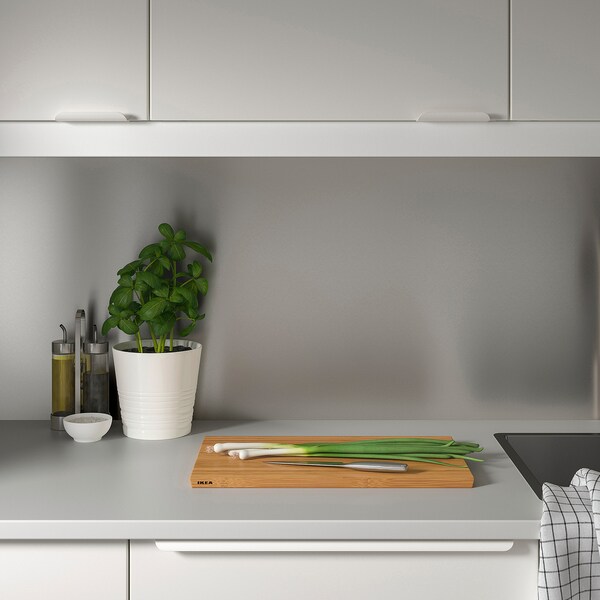
Are you tired of looking at the same dull walls day in and day out? Do you wish there was a way to breathe new life into your living or working space without undergoing a major renovation? Look no further – wall panels are here to revolutionize your interior design game! In this comprehensive guide, we will delve into the world of wall panels, exploring their benefits, installation processes, creative applications, and much more. Get ready to embark on a journey of transforming your space with these innovative and versatile design elements.
What is Wall Panels
Wall panels, often referred to as decorative panels or 3D panels, are an exciting design trend that offers a fresh approach to interior decoration. These panels are designed to add texture, depth, and visual interest to walls, making them stand out as unique artistic features. With various materials, patterns, and styles available, wall panels provide an opportunity to infuse personality and style into any room.
The Advantages of Wall Panels
Wall panels offer a myriad of benefits that go beyond their aesthetic appeal. Let’s explore some of the key advantages:
- Enhanced Aesthetics: Wall panels introduce dimension and visual intrigue that standard paint or wallpaper can’t achieve.
- Texture Variety: From intricate geometric patterns to nature-inspired textures, wall panels come in a wide range of designs to suit any theme.
- Acoustic Enhancement: Certain wall panels are designed with acoustic properties, helping to reduce noise and create a more serene environment.
- Durability: High-quality panels are built to last, making them a long-term investment for your space.
- Easy Maintenance: Most panels are easy to clean and maintain, requiring minimal effort to keep them looking their best.
- Hide Imperfections: Wall panels can effectively hide wall imperfections, such as cracks or uneven surfaces.
- Energy Efficiency: Some panels offer insulation properties, contributing to improved energy efficiency.
Exploring Types of Wall Panels
Wall panels come in a diverse array of materials and designs, catering to various tastes and preferences. Let’s take a closer look at some popular types:
1. Wood Panels
Wood panels add warmth and natural beauty to interiors. They can range from rustic, reclaimed wood to polished and sleek designs, making them suitable for both traditional and modern settings.
2. PVC Panels
PVC panels are known for their affordability and water-resistant properties. They are often used in moisture-prone areas like bathrooms and kitchens.
3. Leather Panels
Luxurious and elegant, leather panels create a sophisticated atmosphere. They are commonly found in upscale commercial spaces and luxurious homes.
4. Textured Panels
Textured panels encompass a wide range of materials, including gypsum, bamboo, and cork. They add tactile interest and can be painted to match any color scheme.
5. Metal Panels
Metal panels bring an industrial, edgy vibe to interiors. They are often used in contemporary and minimalist designs.
Installation Process Made Easy
Installing wall panels might sound daunting, but it’s a manageable DIY project with the right guidance. Here’s a general overview of the installation process:
- Prepare the Wall: Ensure the wall is clean, dry, and free from any debris. If necessary, patch up holes or cracks.
- Measure and Plan: Measure the wall area to determine the number of panels needed. Plan the layout, accounting for any corners or obstacles.
- Apply Adhesive: Depending on the panel type, apply the recommended adhesive to the back of the panel. Make sure to follow the manufacturer’s instructions.
- Attach Panels: Carefully place the panel onto the wall, starting from one corner. Press firmly to ensure proper adhesion.
- Secure Panels: If required, use nails or screws to further secure the panels in place.
- Fill Joints: If there are gaps between panels, use a filler material to create a seamless appearance.
- Finishing Touches: Once the panels are securely in place, touch up any visible seams or joints. You can also paint or stain the panels to achieve the desired finish.
Creative Applications of Wall Panels
Wall panels are incredibly versatile and can be used in various ways to enhance different spaces:
- Accent Walls: Create a stunning focal point by installing wall panels on a single wall in a room.
- Headboards: Use panels behind your bed to craft a unique and stylish headboard.
- Ceilings: Add visual interest by installing panels on the ceiling for an unexpected twist.
- Divider Screens: Panels can be used to create stylish room dividers that also add privacy.
- Commercial Spaces: Elevate the ambiance of retail stores, restaurants, and offices with eye-catching wall panels.
FAQs About Wall Panels
Q: Are wall panels suitable for all rooms?
A: Yes, wall panels can be used in any room, from living rooms and bedrooms to kitchens and bathrooms.
Q: Can I install wall panels myself?
A: Absolutely, many wall panels are designed for DIY installation. Just follow the manufacturer’s guidelines.
Q: Do wall panels require special maintenance?
A: Generally, wall panels are low-maintenance. Regular dusting or wiping is usually sufficient.
Q: Can wall panels be removed without damaging the wall?
A: Some panels can be removed without causing significant damage, especially if they were installed using adhesive.
Q: Can I paint wall panels to match my decor?
A: Yes, many panels can be painted over with the appropriate products.
Q: Are wall panels eco-friendly?
A: Some panels are made from sustainable materials, making them an eco-friendly choice.
Conclusion
Wall panels are a dynamic and creative way to transform your space into something truly extraordinary. Their versatility, durability, and aesthetic appeal make them an attractive option for both homeowners and business owners looking to enhance their interiors. By understanding the various types, installation processes, and creative applications of wall panels, you are well-equipped to embark on your design journey with confidence. So go ahead, explore the possibilities, and let your walls tell a story of style and innovation.


